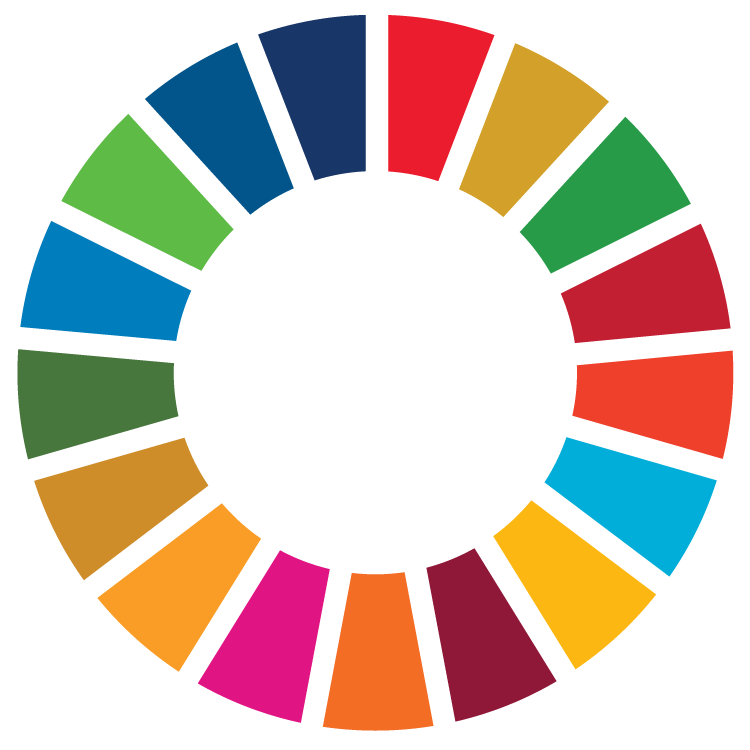To understand the sources, nature and extent of freshwater pollution, we need to gather much more data. “Citizen science” can help to generate that data, while also inspiring people to make informed choices and call for policies to protect water bodies.
Alvinus Linus Ngwale looks focused as he fishes out small aquatic invertebrates from a river in southeastern Tanzania. He’s a local volunteer working with 30 others to better understand pollution in the river.
“A few dishonest members of the community wash their clothes in the river and others have decided to cultivate crops near the river banks, leaving our only source of water in peril,” says Ngwale, the group leader.
Despite local fines to deter polluters, Mchombe River in Tanzania’s Kilombero District is becoming polluted.
The volunteers from Mngeta village are trying to save their river by using a cheap, effective and simple indicator of river health called the Mini Stream Assessment Scoring System (miniSASS). The system was introduced to the local district councils by the Africa Wildlife Foundation (AWF) and Rufiji Basin Water Office (RBWO).
“Once you have collected a sample you look for the different bug groups and score whether they have been found. The score then tells you the health class of the river, ranging across five categories from natural to very poor,” explains Lulu Tunu Kaaya, a lecturer in freshwater ecology at the University of Dar es Salaam, who is helping to educate the two communities on miniSASS.
The system generates information that can help youth, communities, authorities and policymakers to identify sources of pollution.
“You have to kick the rocks to make the bugs emerge from the river bed. They are then placed on trays to check how they have been affected by pollution,” she explains.
Damas Patrick Mbaga, a hydrologist with AWF, says the collection of miniSASS data is a perfect illustration of “citizen science”, or science conducted by volunteers with no formal training.
Water management in Tanzania is moving from conventional top-down approaches to more integrated initiatives focusing on local communities. But this is no easy task, as community priorities vary.
AWF is implementing the project as part of the Sustainability and Inclusion Strategy for Growth Corridors in Africa (SUSTAIN-Africa) project, implemented by AWF in partnership with the International Union for Conservation of Nature.
Meanwhile in Kenya, the World Student Community for Sustainable Development’s Adopt-a-River initiative seeks to empower young people and communities to participate in river monitoring and restoration. Using citizen science, students and youth collect and identify aquatic macro-invertebrates, which act as bio-indicators, and score them on the miniSASS app. The mobile app then scores the general river health and water quality.
Already piloted at multiple points along the Nairobi River, the system generates information that can help youth, communities, authorities and policymakers to identify sources of pollution.

A note of caution
UN Environment’s freshwater expert Lis Mullin Bernhardt welcomes such initiatives, above all because they help raise awareness about the importance of keeping waterways clean and healthy. She says “citizen science” engages people, teaches them about the issues, and can be tremendously beneficial – especially in spurring people to action.
“Nature, such as soils and plants, but also water bodies such as lakes, wetlands and rivers, have a natural ability to provide water-related ecosystem services such as filtration or disaster mitigation, and it’s important to understand when we’ve gone beyond their natural abilities to do so,” says Bernhardt.
“Activities such as counting simple invertebrates to measure water quality – an example of what we would call biomonitoring – are an important part of water quality tracking.
“They can tell us a lot about the state or health of water bodies, giving us a warning sign when their natural conditions are being overburdened and letting us know when we should take extra action to protect and restore them. In fact, that’s why we’re putting the spotlight on what we call ‘nature-based solutions’ for this year’s World Water Day campaign – to highlight the role of nature in water management.”
UN Environment water quality expert Kilian Christ, however, sounds a note of caution: “While, biomonitoring done by these communities is a good way to assess the overall health of the ecosystem and raise an alarm when unusual behaviour is observed, to pin down the exact problem a waterbody faces, we still need chemical analyses done in laboratories. And laboratories, trained staff and materials can be costly; ensuring reliable sample results requires rigorous quality assurance efforts.”
Sustainable Development Goal 6 commits the world to ensuring that everyone has access to safe water by 2030; it also includes targets on protecting the natural environment and reducing pollution.
Hartwig Kremer, head of UN Environment’s GEMS/Water water quality monitoring programme, notes that to achieve SDG 6 we need to do more water quality monitoring. “We simply do not have enough data for most countries to make informed decisions on the extent, impact and sources of their freshwater pollution,” he says.
UN Environment has developed a publication series entitled Framework for Freshwater Ecosystem Management. The series is meant to support countries to develop or refine national processes to sustainably manage freshwater ecosystems.
The theme for World Water Day on 22 March is “Nature for Water”.
For further information: Yeonju.Jeong@un.org or Elisabeth.Bernhardt@un.org






